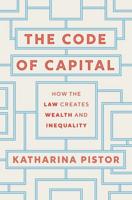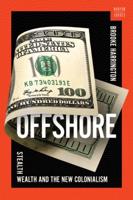Publisher's Synopsis
Making Fiscal Policy in Japan is written for those who want to understand the role and performance of fiscal policy as an integral component of macroeconomic policy, and the attendant effects on economic growth. The case explored here is post-Second World War Japan, but the approach is one of international comparison. Ishi traces and analyses the central features of postwar Japanese fiscal policy and considers the institutional framework and policy objectives which shaped the budget process. The first part of the book provides a detailed overview of the topic, with detailed institutional and empirical information. In particular, the role that government played in Japan's postwar economic growth is explored in depth, with specific focus on the four sub-periods of occupation, rapid economic growth, internationalization, and the bubble economy. Part II explains the basic framework of budgets, the budgetary process in Japan, and fundamental strategies of fiscal authority. It looks in depth at the unique aspects of the balanced budget policy for 1953-65 and then at how financial resources for budgeting were automatically generated in a growing economy. The final part analyses specific policy issues in the public sector, among them human resource development, the ageing population and the social security system, tax incentives for export promotion, the Fiscal Investment and Loan Programme, and intergovernmental grant policy. Ishi argues that the Japanese government has been generally passive in guiding the state's economic activities, using fiscal policy to support the private economy rather than directly to influence the economy through deliberate expenditure and tax policies. The approach has been one of enhancing the market rather than of government intervention.











